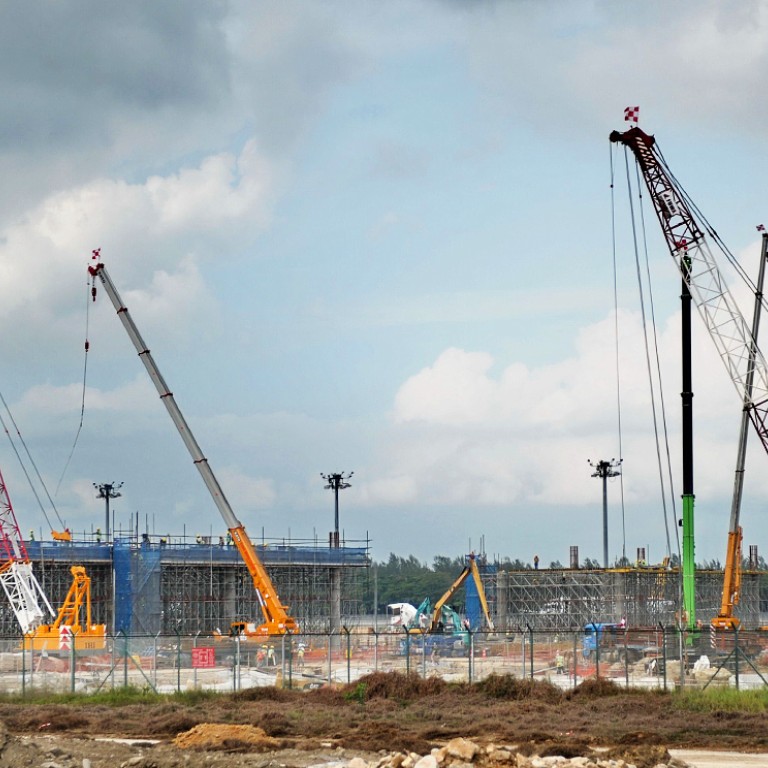
More than 350 new airports planned across Asia-Pacific as tourism booms
China alone plans to build over 100 in the next 10 years as middle classes spread their wings
Faced with snaking queues at immigration, overflowing baggage carousels and expensive flight delays, Asian nations are rushing to build hundreds of new airports to cope with surging demand for air travel in the region.

Airlines have responded by setting up several new budget carriers and flying new routes - but many airports are unable to cope, forcing governments to either expand or simply build new airports.
"Through the next 10 years, we see more than 350 new airports in the Asia-Pacific and the investment cost will be well over US$100 billion," said Chris De Lavigne, a global vice-president at business consultancy Frost & Sullivan Asia-Pacific.
"China is building over 100 airports, India is building over 60 airports and Indonesia will also have to follow suit with investments in its infrastructure," said De Lavigne, who closely tracks Asia's aviation industry.
Upgrades of existing airports could cost an additional US$25 billion, he said.
International tourist arrivals in Asia-Pacific grew an annual 6 per cent to 248 million last year, the strongest of any region worldwide, according to the UN World Tourism Organisation.
To cope with this, construction is being ramped up.
The Canada-based Airports Council International said Indonesia plans to build 62 new airports in the next five years, in addition to its existing 237.
Soekarno-Hatta in Jakarta is improving capacity after handling 60 million passengers last year, nearly three times what it was designed for, ACI said. And Kuala Lumpur aims to double capacity to 100 million a year by 2020, while Hong Kong wants to handle 97 million annually by 2030, up from 60 million in 2013.

There are also plans to replace Manila's Ninoy Aquino International Airport, one of Asia's most notorious for overcrowding and backward facilities.
Even Singapore's Changi - regarded by many as one of the world's best - is expanding, with a US$1 billion fourth terminal opening in 2017 that will raise capacity to 82 million passengers from the current 54 million. Plans are already being made for a fifth terminal.
Shukor Yusof, an analyst with Malaysia-based Endau Analytics, said airport infrastructure in many countries has lagged well behind travel growth.
"Many governments have paid scant attention to developing new terminals and new tarmacs; that's why you find that many of the airports are bursting at the seams," he said.
But funding from governments and the private sector for new airport projects does not appear to be a problem.
"There's a lot of liquidity out there. There's a lot of money in project financing," Shukor said.
